
24 Jun Pest Control for Multi-Family Homes
Pest-Free Living in Multi-Unit Homes
Pest control in multi-family properties presents unique challenges. Shared walls, communal spaces, and a high number of occupants make it difficult to maintain a pest-free environment. The importance of an effective pest control strategy can’t be overstated. Understanding the best methods for pest control in multi-family properties is crucial.
Multi-family properties, such as apartment buildings and condominiums, have distinct characteristics that make pest control more complex. Shared walls and communal areas, such as laundry rooms, hallways, and recreational spaces, provide pests with ample opportunities to move between units. This interconnectedness can turn a minor infestation in one unit into a significant problem for the entire building.
High population density also increases the likelihood of pest infestations. With more people living in close quarters, the chances of food spills, garbage buildup, and other pest attractants increase. Additionally, the variety of entry points, from windows and doors to utility lines and vents, makes it easier for pests to infiltrate and spread throughout the property.
Dealing with Rodents and Cockroaches
Rodents, such as rats and mice, are common nuisances in multi-family properties. They seek out food, water, and shelter, making densely populated areas ideal for them. Rodents can cause structural damage by gnawing on wires, insulation, and even drywall. Moreover, they pose health risks by contaminating food and surfaces with their droppings, potentially spreading diseases such as Hantavirus and Salmonella.
Cockroaches thrive in warm, humid environments, making South Florida a perfect habitat. They are nocturnal creatures that hide in dark, moist areas during the day and come out to forage at night. Cockroaches can trigger allergies and asthma, especially in children, and they can spread bacteria, including E. coli and Salmonella, by contaminating food and surfaces.
Ants, Bed Bugs, and Mosquitoes
Ants are a persistent problem in multi-family properties. Various species, including Argentine ants, carpenter ants, and fire ants, are common in South Florida. They enter buildings in search of food and water, often forming trails that lead from the outdoors to kitchen pantries and garbage areas. Some ants, like carpenter ants, can cause structural damage by tunneling through wood.
Bed bugs are notorious for their ability to spread quickly in multi-family properties. These tiny, nocturnal pests hide in cracks and crevices during the day and emerge at night to feed on the blood of sleeping humans. Bed bug infestations can cause significant discomfort and anxiety, as their bites result in itchy, red welts. Additionally, bed bugs are difficult to eradicate due to their small size and ability to hide in tiny spaces.
Mosquitoes are a common outdoor pest in South Florida, particularly around communal areas with standing water, such as pools and ornamental ponds. These pests are more than just a nuisance; they are vectors for diseases such as West Nile virus, Zika virus, and dengue fever. Effective mosquito control is essential to protect the health and well-being of residents.
Preventing Property Infestations
Routine inspections are vital for identifying potential pest problems before they become full-blown infestations. Property managers should conduct regular inspections of common areas, exterior grounds, and individual units to check for signs of pests. These inspections can help identify early warning signs, such as droppings, gnaw marks, or nests, allowing for prompt action.
Maintaining high standards of cleanliness is crucial in preventing pest infestations. Property managers should ensure that common areas are regularly cleaned and that garbage is disposed of promptly and correctly. Encouraging residents to keep their units clean, store food in sealed containers, and promptly clean up spills can significantly reduce the risk of attracting pests.
Effective waste management is essential in controlling pest populations. Garbage should be stored in sealed, rodent-proof containers and disposed of regularly. Dumpster areas should be kept clean and free of debris, with lids kept closed to prevent access by pests. Property managers can also schedule regular waste removal services to ensure that garbage does not accumulate and attract pests.
One of the most effective ways to prevent pests from entering a building is to seal potential entry points. This includes gaps around windows and doors, cracks in the foundation, and openings around utility lines and vents. Property managers should conduct regular inspections to identify and seal these entry points, using materials such as caulk, steel wool, and weather stripping.
Effective IPM Practices
Integrated Pest Management (IPM) is a comprehensive approach to pest control that combines multiple strategies to achieve long-term, sustainable results. IPM focuses on prevention, monitoring, and control, with an emphasis on reducing the use of chemical pesticides.
The first step in IPM is monitoring and identifying the pest problem. This involves regular inspections, as well as the use of monitoring tools such as sticky traps and pheromone traps. Accurate identification of the pest species is crucial, as different pests require different control methods.
Preventive actions are the cornerstone of IPM. This includes sanitation, waste management, and sealing entry points, as discussed earlier. Additionally, property managers can implement landscaping practices that discourage pests, such as trimming overgrown vegetation and eliminating standing water.
Multi-Method Pest Control
When preventive actions are not enough, IPM employs a variety of control methods. These can be divided into chemical, biological, and physical controls.
Chemical controls, such as pesticides, are used as a last resort in IPM. When necessary, it is important to choose the least toxic options and apply them in a targeted manner to minimize environmental impact. Baits and gels are often preferred over sprays, as they can be applied directly to the affected areas and reduce the risk of exposure to residents.
Biological controls involve using natural predators and parasites to control pest populations. For example, introducing beneficial insects, such as ladybugs and predatory mites, can help manage aphid and mite infestations. Biological controls are environmentally friendly and can provide long-term pest control without the use of chemicals.
Physical controls involve using physical barriers and traps to prevent pests from entering or moving within a building. Examples include installing door sweeps and window screens, using sticky traps to capture crawling insects, and setting up rodent traps to catch mice and rats. Physical controls can be highly effective when combined with other IPM strategies.
Green Pest Control Methods
Organic pest control methods are becoming increasingly popular, especially in multi-family properties where residents may have concerns about chemical exposure. Organic solutions use natural substances and environmentally friendly practices to control pests.
Botanical pesticides are derived from plants and are often used in organic pest control. Examples include neem oil, pyrethrin, and essential oils like peppermint and lavender. These pesticides are generally less toxic than synthetic chemicals and can be effective in controlling a wide range of pests.
As mentioned earlier, biological control agents, such as beneficial insects and microorganisms, can play a key role in organic pest control. These agents can be introduced into the environment to target specific pests, providing a natural and sustainable solution.
Organic pest control also relies on physical and mechanical methods, such as traps, barriers, and exclusion techniques. These methods can be highly effective in preventing pests from entering buildings and can be used in conjunction with other organic solutions.
Reliable Pest Control Services
While preventive measures and DIY methods can be effective, there are times when professional pest control services are necessary. Pest Busterzz, a family-owned organic pest control company, offers comprehensive services tailored to the unique needs of multi-family properties.
Professional pest control companies, like Pest Busterzz, provide customized treatment plans based on the specific pest problems and needs of the property. These plans include detailed inspections, targeted treatments, and ongoing monitoring to ensure long-term success.
Professional pest control technicians have the expertise and experience to handle a wide range of pest problems. They are trained to identify the signs of infestations, select the most effective treatment methods, and apply them safely and efficiently.
Professional pest control companies use safe and effective solutions that are tailored to the needs of multi-family properties. This includes the use of organic and environmentally friendly products, as well as the implementation of IPM strategies.
Conclusion
Pest control in multi-family properties requires a comprehensive and coordinated approach. Understanding the unique challenges, such as shared spaces and high population density, is the first step in developing effective strategies. Common pests like rodents, cockroaches, ants, bed bugs, and mosquitoes pose significant health risks.
Implementing preventive measures, such as regular inspections, maintaining cleanliness, proper waste management, and sealing entry points, can significantly reduce the risk of infestations. Integrated Pest Management (IPM) offers a holistic approach, combining monitoring, preventive actions, and targeted control methods. Organic solutions provide environmentally friendly alternatives, while professional pest control services offer expertise and customized treatment plans.
For South Florida residents, renters, homeowners, and business owners, choosing the right pest control methods ensures a healthy and comfortable living environment. Pest Busterzz, is committed to providing safe, effective, and environmentally friendly solutions tailored to the unique needs of multi-family properties. By working together, property managers, residents, and pest control professionals can create pest-free communities where everyone can thrive.


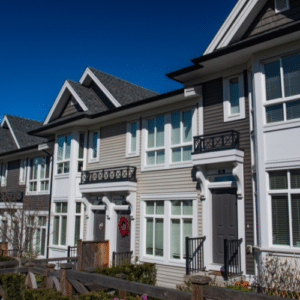
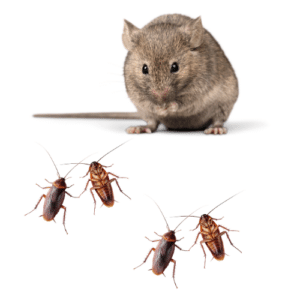
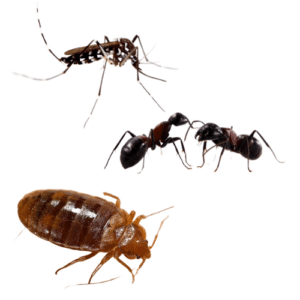
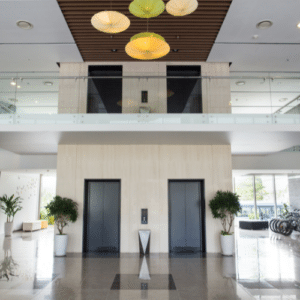
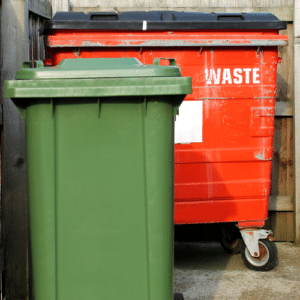
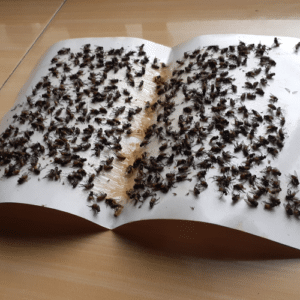
No Comments